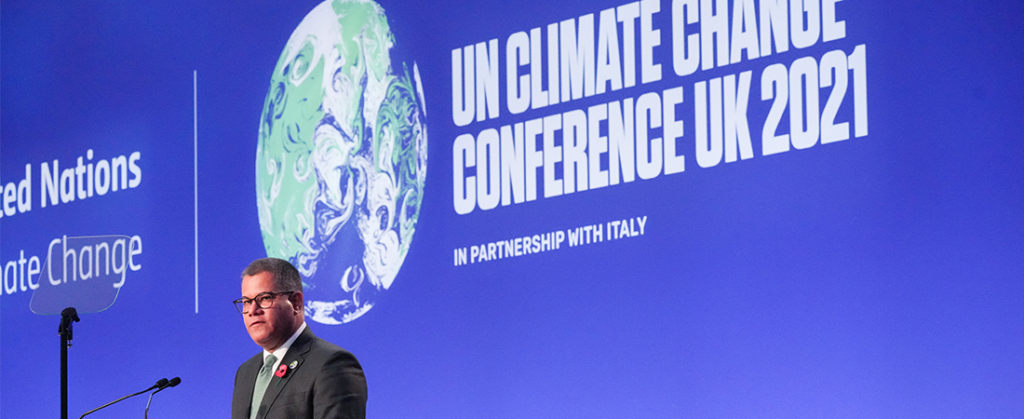Today (12 May), the White House reignited a global debate on drug pricing as President Donald Trump announced his “Most Favoured Nation” (MFN) drug pricing policy.
The proposal as it stands would ensure Americans pay no more for certain prescription medicines than the lowest price paid in any developed country – a move that some industry observers now view as a bigger threat to the global pharmaceutical market than tariffs.
In a speech heavy on political theatre and populist punchlines, Trump criticised the longstanding disparity in drug costs. He argued that Americans often pay up to ten times more than patients in other countries for the same medicines, produced by the same companies, sometimes even in the same factories.
He reserved particular ire for Europe, calling the EU “brutal” in its negotiations with pharmaceutical firms and claiming, “the EU is in many ways nastier than China. They will come down a lot. We have all the cards, and they have treated us badly.”
Trump even shared an anecdote about a friend who uses “the fat shot drug”, referring to GLP-1s, who was shocked to pay just $88 for it in London, compared to $1,300 in New York, even though both products come from the same manufacturing plant.
He accused pharmaceutical companies of profiteering and price gouging, but also blamed foreign governments for forcing firms to accept low prices as the cost of market access. Trump was adamant that the US would no longer subsidise other countries’ healthcare systems.
While dismissing industry arguments that high US prices are justified by research and development costs, Trump promised that his policy would slash American prescription drug prices by 59 to 90 percent, or possibly more, and significantly reduce Medicaid and Medicare spending. He walked a fine line, sharply blaming drug companies for price gouging while at the same time assuring that their profits would remain robust.
He described the policy as a redistribution, where Europeans are forced to pay more and Americans pay less.
Highlighting the current imbalance, Trump pointed out that the US accounts for only 4 percent of the world’s population but generates two-thirds of global pharma profits, calling this arrangement unacceptable. He cited examples such as a breast cancer drug costing $16,000 per patient in the US, compared to one-sixth as much in Australia and one-tenth in Sweden, and an asthma inhaler costing $500 in the US but just $40 in the UK.
Yet, despite the administration’s tough rhetoric, pharmaceutical stock prices actually rose on the news, suggesting that investors remain sceptical about the likelihood or speed of full implementation, given the considerable legal and practical hurdles.
At stake is more than just US drug prices. Trump’s rhetoric targets the entire architecture of global pricing. His core argument is that American consumers subsidise the rest of the world by bearing the brunt of R&D costs, which allows lower prices abroad.
However, the policy could create a chilling effect far beyond US borders: pharmaceutical companies, wary of triggering lower US prices via international referencing, may become reluctant to launch new drugs in any market outside the US. The prospect of MFN has already prompted speculation that launches in Europe, including major markets like Germany and the UK, could be delayed or even forgone entirely, with patients in those countries facing longer waits for access to innovative treatments.
Beneath the political bravado lies a serious structural question: What happens to global drug pricing if the US starts indexing to the lowest price available anywhere?
For years, European health systems have relied on mechanisms such as confidential rebates, managed access agreements, and multi-year price-volume deals. These tools allow governments to negotiate discounts while keeping true prices hidden from international reference pricing systems. But under the glare of the MFN spotlight, not only is net price confidentiality at risk, so too are the broader national approaches that balance industry price ambitions with taxpayers’ willingness to pay.
Pharmaceutical companies could soon face a stark choice: maintain secrecy and risk exclusion or even trade retaliation from the world’s largest pharmaceutical market, or embrace transparency and trigger upward price pressure across Europe’s tightly regulated payer systems.
If you’d like to discuss what this announcement means for your organisation or explore how to navigate the evolving global medicine pricing landscape, get in touch with the team at Portland.





